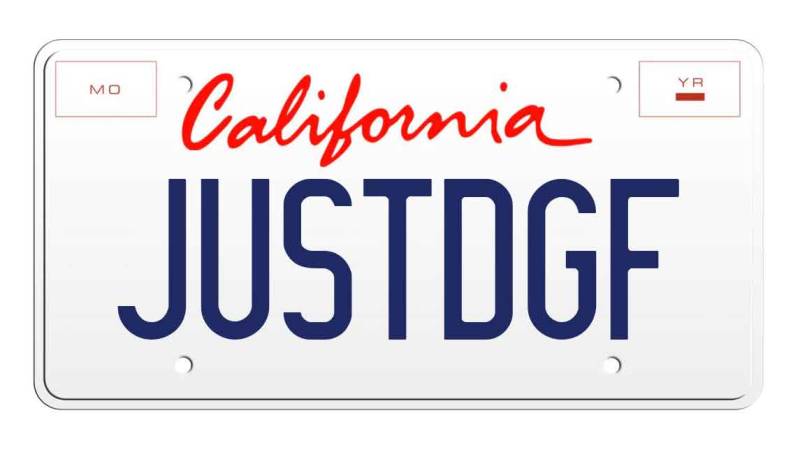If you’re a license plate nerd like me, when you notice a personalized license plate on the road, you turn it into a game. What does its jumble of letters and numbers mean? Did it have to get special approval by the DMV? What criteria gets used to accept or reject vanity license plates, anyway?
Enter @ca-dmv-bot, a new Twitter account that draws back the curtain on the mysterious review process for California drivers wanting to telegraph to the world, for example, that they are “CUTE AF.”


